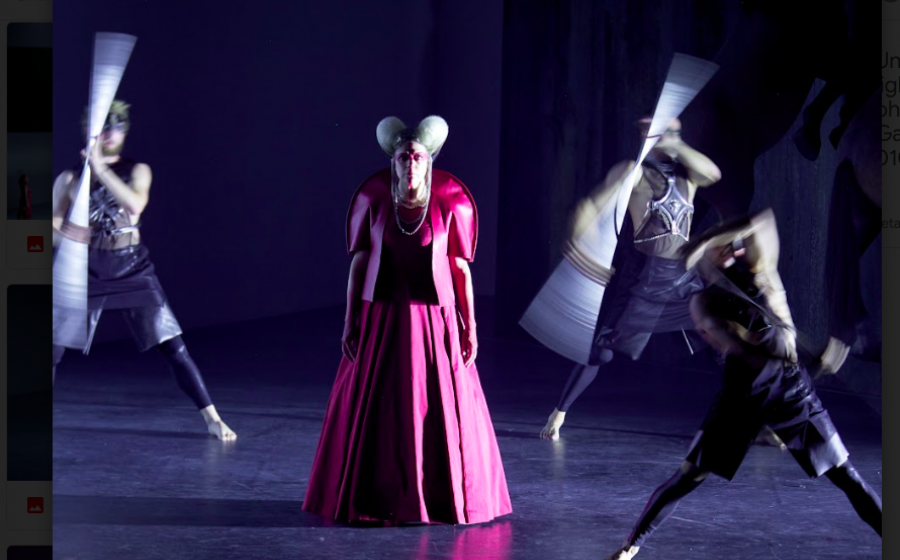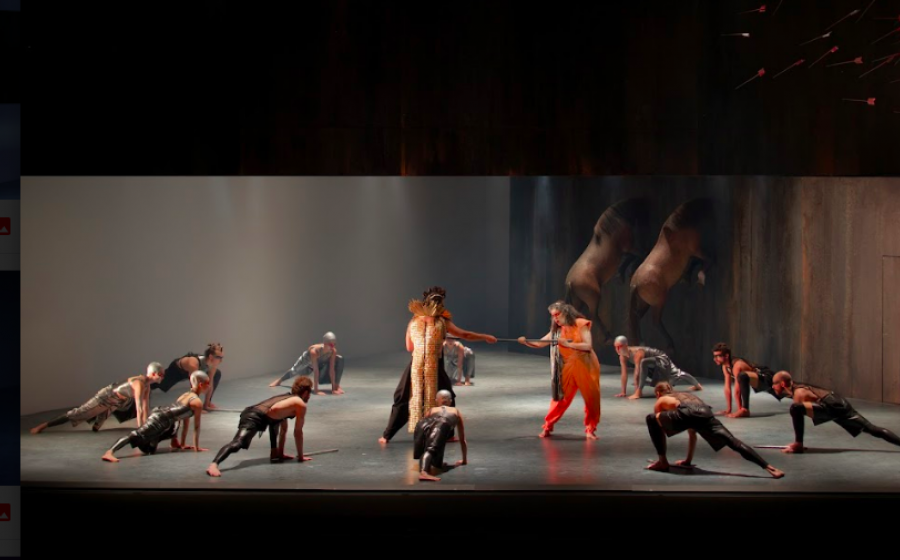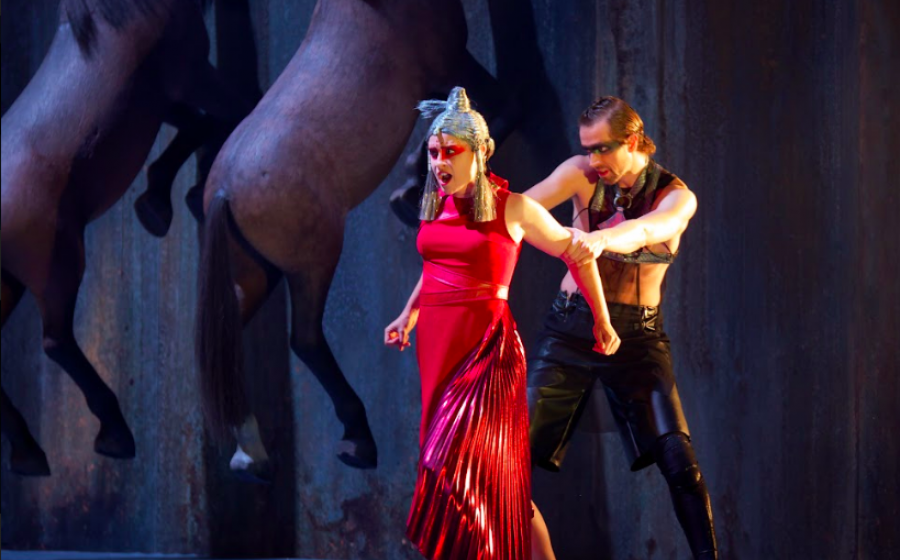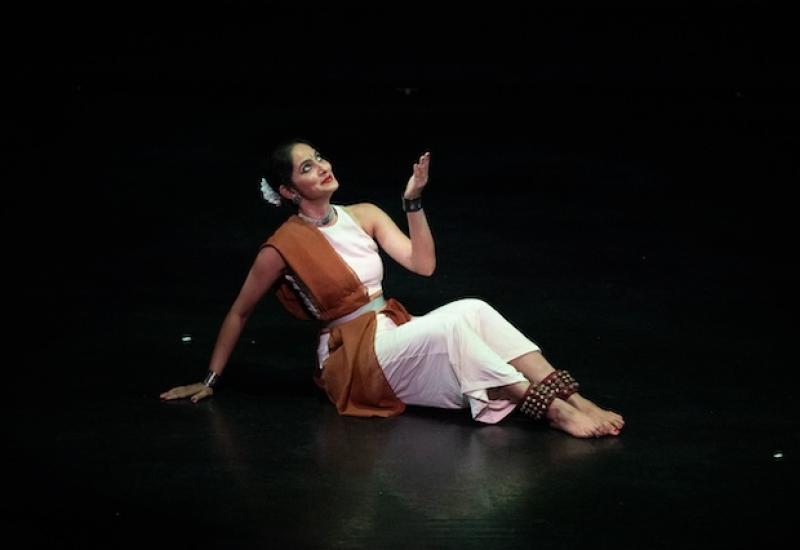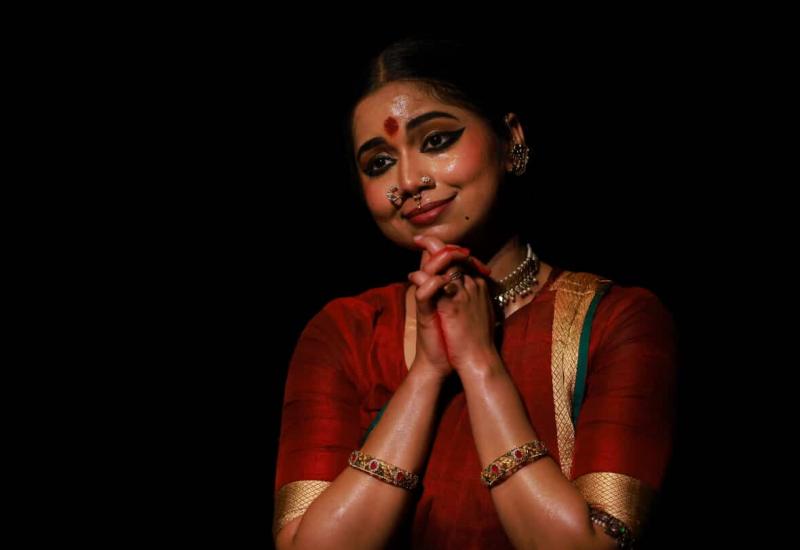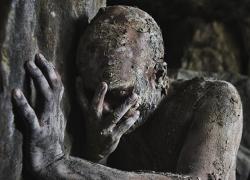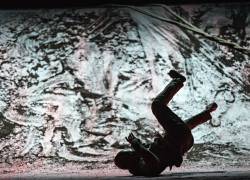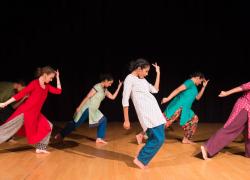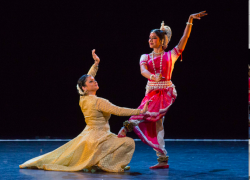Until the Lions- Shobana Jeyasingh
La Filature, Mulhouse, France
October 9, 2022
Reviewed by Donald Hutera
Shobana Jeyasingh isn’t the first choreographer to direct an opera. Nor is she the first to use one of the stories from the Mahabharata, adapted by the writer Karthika Nair, as source material for a stage production. Akram Khan created ‘Until the Lions,’ a dance-based take on an episode from Nair’s versified version of the Sanskrit epic, in 2016.
Now comes French composer Thiérry Pecou’s musical treatment of Nair’s text, adapted by the latter into libretto form, and bearing the same title, but with Jeyasingh at the helm. Commissioned a few years ago by Eva Kleinitz, then head of Opéra National du Rhin, the production was subsequently hit by two unexpected calamities: Kleinitz’s premature death in 2019 and, the following year, a pandemic. Despite this double whammy, the work finally premiered in late September 2022 at the Opéra in Strasbourg before transferring to Mulhouse. Was it worth the wait? I’d say yes, even if qualifications are attached to my experience of it.
First off, Jeyasingh’s staging looks splendid thanks to designs by Merle Hensel (whose previous collaborations include work by Jasmin Vardimon, Hofesh Shechter and Jeyasingh herself on the brilliant Contagion). The set is split into two levels by dark, angled walls, each fitted with a seamless sliding panel to create a wide window or doorway. Protruding from the lower wall, startlingly, are the sable bodies of two horses, legs in flight and unseen heads seemingly embedded as if they’d hurled themselves forward at great speed. Her costumes, meanwhile, tend to be vivid in tone and glitteringly detailed, befitting both the royal and martial status of characters – kings, princesses, warriors – embroiled in a morally complicated, nominally dread and power-wielding scenario of humiliation, destruction, transformation and sacrifice in which women are given a strong and, indeed, leading voice.
It’s no surprise that Jeyasingh’s interval-free production is, by and large, physically as well as visually striking. It opens like gangbusters, with the sixteen-strong dance ensemble (one recruited from Jeyasingh’s UK-based company, the others members of Opéra du Rhin’s in-house group) in tribal attack mode. A foundation of their kinetic vocabulary was the south Indian martial art form kalari, utilised in stylised battles marked by flicking kicks and punchy, limb-hooking vigour. Another, later fighting scene, in which combatants enter one by one to join an ever-growing circle of aggression, was likewise impressive.
Ultimately it is colours and textures of imagery and movement that I will retain from ‘Until the Lions,’ rather than sounds or storytelling. Declamatory vocals, whether fervent, quivering or trilling, and buzzing, shimmering or battering instrumental dissonance are central elements of Pecou’s score. Such atonal modernism is perhaps galvanising in the moment, but the impact can be fleeting. It was also, I confess, a struggle to follow the narrative despite English text intoned by the actor cast in the pivotal role of Satyavati. And so, unable to invest in the drama of the piece and feeling detached from the characters’ choices and destinies, I settled for the sensations afforded by dance and design.

